A few years ago, we put together a recommended reading list for our readers here at UX Booth. While we’ve added several other recommendations over the years, we thought it was due time to pull together an updated uber-list.
The Classics
There are a few books everyone reads when starting out with user experience design. These are the books I’ve found to be the most impactful for new UX practitioners.
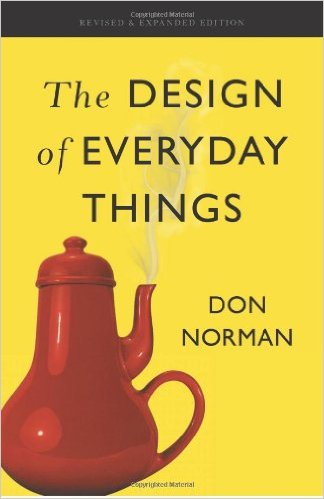
The Design of Everyday Things
Don Norman
Don Norman, of Nielsen Norman Group, wrote this book more than two decades ago, and students of usability read it to this day. It’s good stuff. His fun-yet-insightful writing style makes this one a fairly easy read, and makes a pretty basic point: make sure your users find the right action, in the right place, at the right time.
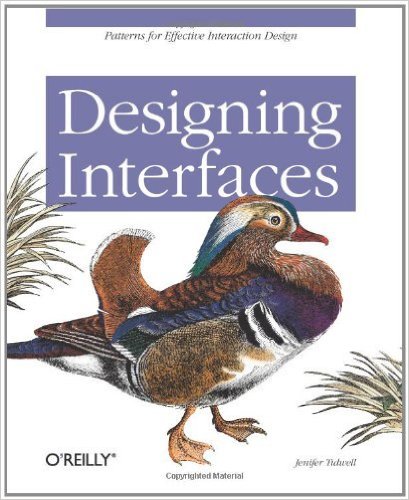
Designing Interfaces
Jennifer Tidwell
While a lot of the information found in this book (written in 2005) can now be found online, this is another classic to have in the library. Tidwell looks at interaction patterns and various elements of user interfaces and uses real applications to showcase best practices, regardless of the technology behind the interface.
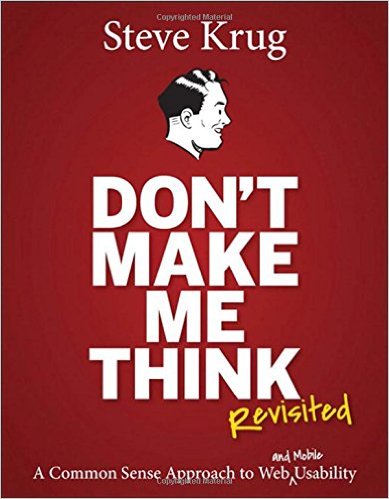
Don't Make Me Think, Revisited
Steve Krug
This is a revised edition of the Krug classic, and showcases a way to approach user-centered design in a “common sense way,” as Krug puts it. This is another quick read, but one that will help those new to the field understand the way we talk about usability.
General UX
These books are about all aspects of user experience. They’re useful for any new practitioner, or any veteran UXer looking for insight into aspects of the UX general process.

Storytelling for User Experience
Whitney Quesenbery and Kevin Brooks
The words “stories” and “storytelling” are thrown around a lot these days, making their way into abstract buzzword territory. This book helps shed some practical light on storytelling, and how it fits in the UX process. It also touches on ethics of persuasion through story, which coupled with some practical exercises, sets it apart from the rest.
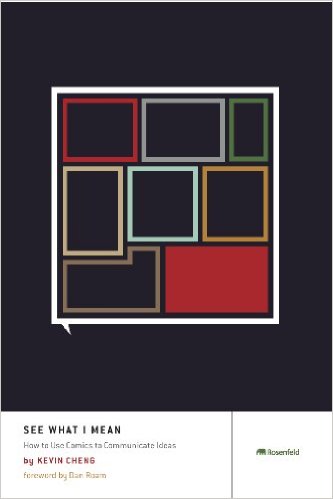
See What I Mean: How to Use Comics to Communicate Ideas
Kevin Cheng
Effectively communicating ideas is one of the biggest challenges faced by UX designers. Sometimes, it helps to break out of the normal routine. This book is very user-friendly and accessible, and honestly even a little bit fun to read. Author Kevin Cheng explores ways that everyone, no matter their role, can break down communication barriers by drawing out design concepts through comic expression.
Content Strategy
Whether you’re a beginner content strategist, or a UX practitioner who wants a deeper look at what content strategy is all about, these books are a great place to start.

Content Strategy for Mobile
Karen McGrane
When it comes to figuring out how to structure content types, McGrane is one of the best voices out there. Content Strategy for Mobile takes a mobile-first approach, but also stresses the idea that as designers, we never have total control over how users actually see and digest our content.
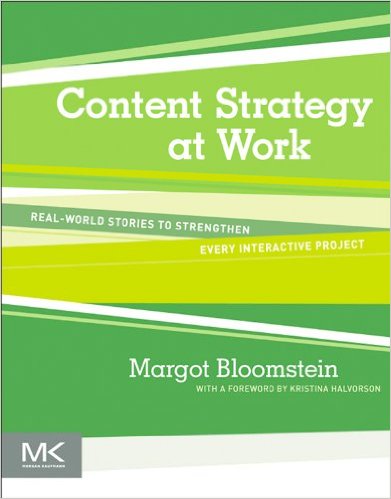
Content Strategy at Work
Margot Bloomstein
It’s impossible to consider the user experience of a website or application without considering the content going into that product. With a lot of impractical, abstract writing out there about content strategy, Bloomstein’s practical, down-to-earth book includes many real-world examples, offering a breath of fresh air to content strategy.
Information Architecture & Interaction Design
While information architecture and interaction design are clearly connected, it’s not every book that addresses the intersection. Both of these books showcase IA and IxD working together, which makes them extremely valuable reads.
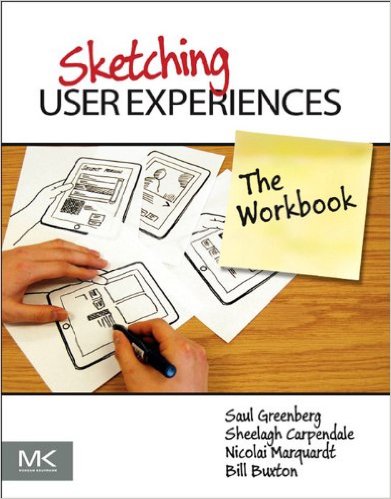
Sketching User Experiences: The Workbook
Bill Buxton, Nicolai Marquardt, Saul Greenberg, and Sheelagh Carpendale
Sometimes it’s nice to take a break from theory and dive into the practical stuff. This is one of those books. It’s full of exercises that get us thinking (or thinking differently) about the interfaces we use, and the ones we design. It’s all about beefing up sketching skills.

Information Architecture: For the Web and Beyond
Peter Morville, Louis Rosenfeld, and Jorge Arango
This book could very easily live under the Classics category, but the famous Polar Bear book keeps evolving. In this fourth edition, Morville et al not only explore the field of information architecture at a high level, but also walk through some deeper dives, discussing navigation, labels, and other components of the field.
Research & Analytics
No UX project would be complete without research to begin, and analytics to track successes. With that in mind, these books are a must-read for anyone working in user experience.
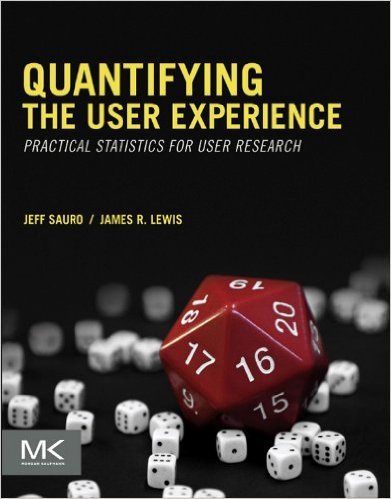
Quantifying the User Experience: Practical Statistic for User Research
Jeff Sauro and James Lewis
This one is a bit text-booky, in all the right ways. It’s all about (as the title suggests) quantifying user experience in a way that allows UXers to justify their decisions and iterate based on data. For UXers looking to measure their designs, this book will help illuminate the way.
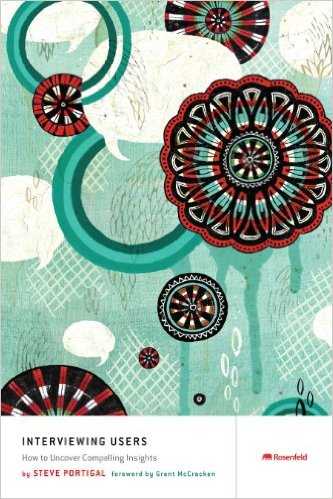
Interviewing Users: How to Uncover Compelling Insights
Steve Portigal
Interviewing is tough. Asking the right questions isn’t always as clear as we’d like it to be. This book offers up interviewing techniques and a few tools for the toolkit in a way that makes it a great reference book for anyone’s library.










